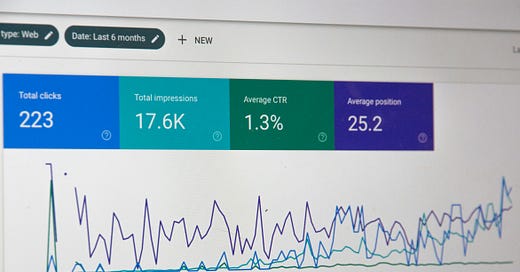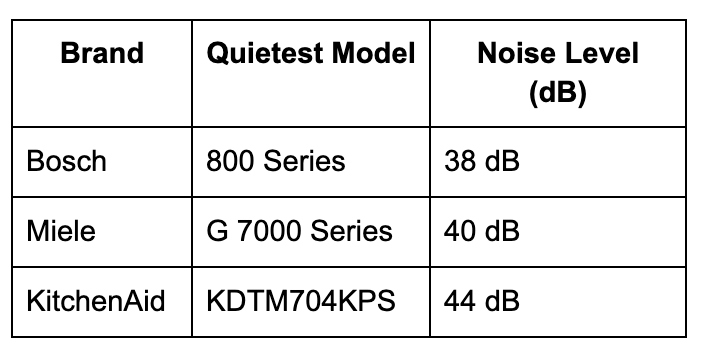How to Rank in Google's 'People Also Ask' Box (And Why It Matters)
Unlock More Visibility, Drive Traffic, and Stay Ahead in an AI-Driven Search Landscape
If you’ve ever Googled a question, you’ve likely seen the expandable "People Also Ask" (PAA) box sitting in the middle of the search results, offering quick answers to related queries.
At first glance, it might seem like just another feature of Google's search engine. But for SEO pros and content marketers, the PAA box is one of the best ways to win organic traffic, boost brand visibility, and position yourself as an authority in your niche.
If you're not optimizing for PAA, you're leaving traffic on the table. Here’s why it matters—and how you can rank there.
Why the 'People Also Ask' Box Is a Big Deal for SEO
Google’s PAA box is more than just a list of FAQs—it’s a powerful search feature that drives engagement and visibility. Here’s why:
✅ More SERP Real Estate: If your content appears in PAA, you take up more space on Google’s first page—meaning more visibility for your brand.
✅ Higher Click-Through Rates (CTR): Many users click on PAA results to expand answers. If they want more details, they’ll visit your site.
✅ Featured Snippet Potential: Content that ranks in PAA often has a higher chance of appearing in Featured Snippets (Google’s coveted position zero).
✅ Voice Search Optimization: Many voice assistants pull answers directly from PAA results, making them essential for voice search visibility.
✅ Opportunities for Long-Tail Keywords: PAA questions are goldmines for long-tail keyword opportunities. This helps you optimize for niche, intent-driven searches.
2. How to Find the Right 'People Also Ask' Questions
You can’t rank in PAA if you’re targeting the wrong questions. Here’s how to find the best ones:
Search on Google: Start by searching for your target keyword (e.g., “best quiet dishwashers”). The PAA box will suggest related questions users frequently ask.
Leverage SEMrush & Ahrefs: These tools show PAA questions for specific keywords, so you can optimize content accordingly.
Analyze Competitors: Check which questions your competitors rank for in PAA, and create better, more detailed answers.
3. How to Optimize Content for 'People Also Ask' Rankings
Once you know which PAA questions to target, here’s how to increase your chances of ranking:
1. Provide Clear, Concise Answers
Google prioritizes quick, digestible answers in the PAA box. To improve your chances:
Answer the question directly in the first sentence.
Keep it under 40-50 words (Google loves brevity).
Expand with supporting details in the following paragraphs.
Example:
Q: What is the quietest noise level for a dishwasher?
A: The quietest dishwashers operate at 38-44 dB, which is comparable to a whisper. Dishwashers from brands like Bosch, Miele, and KitchenAid offer models within this range, making them ideal for open-concept kitchens.
Why this works:
Short, factual answer first.
Additional context to improve relevance.
Includes brand names for potential featured snippet inclusion.
2. Use Proper Formatting (Headers, Lists, & Tables)
Google loves structured content, so format your answers properly:
Use H2 or H3 headers for questions.
Answer in bullet points or numbered lists when possible.
Include tables to organize data (Google prioritizes structured info).
Example:
Q: Which dishwashers are the quietest?
This format improves scanability and ranking potential.
3. Align Content With Search Intent
If a question is informational, provide an educational answer.
If a question is transactional, recommend a product or service.
Example:
Q: Why are Bosch dishwashers so quiet?
A: Bosch dishwashers are designed with multiple layers of insulation, an EcoSilence motor, and precision spray arms that reduce noise. Many models operate at just 38-44 dB, making them some of the quietest on the market.
💡 Tip: Add internal links to drive readers deeper into your content.
4. Target Multiple PAA Questions in One Blog Post
Instead of writing one blog for each PAA question, create comprehensive posts that answer multiple related questions.
For example, a blog titled “The Ultimate Guide to Quiet Dishwashers” could answer:
What is the quietest dishwasher?
What is a good noise level for a dishwasher?
Why are Bosch dishwashers so quiet?
How do I choose a quiet dishwasher?
This increases your chances of ranking for multiple PAA queries in one article.
5. Keep Your Content Fresh
PAA results change frequently, so update your content every few months to stay relevant.
💡 Tip: Monitor Google Search Console to see which queries your content ranks for and refine accordingly.
The Future of 'People Also Ask' & AI Search
With AI Overviews rolling out, Google is relying more on structured, concise content, which means PAA optimization is more important than ever.
Here’s what to expect:
More AI-generated answers: Google’s AI will summarize content even faster, so ranking in PAA gives you a better chance of being included in AI-generated results.
Increased competition for PAA rankings: As more brands optimize for PAA, getting featured will require better formatting, fresher content, and stronger authority.
Greater emphasis on user intent: Google will prioritize answers that match user behavior—so answer questions in the way people naturally ask them.
How to Dominate 'People Also Ask'
✅ Find high-value PAA questions using Google, SEMrush, and competitor analysis.
✅ Write short, direct answers (~60 words), then expand with details.
✅ Use structured formatting like headers, bullet points, and tables.
✅ Cover multiple PAA questions in a single, well-optimized blog post.
✅ Keep content updated to stay competitive in AI-driven search results.
SEO is evolving, and the best content marketers adapt fast. Optimize for PAA now, and you’ll stay ahead of the curve while others scramble to catch up.
Want more SEO insights like this? Subscribe to stay ahead in the content game.








